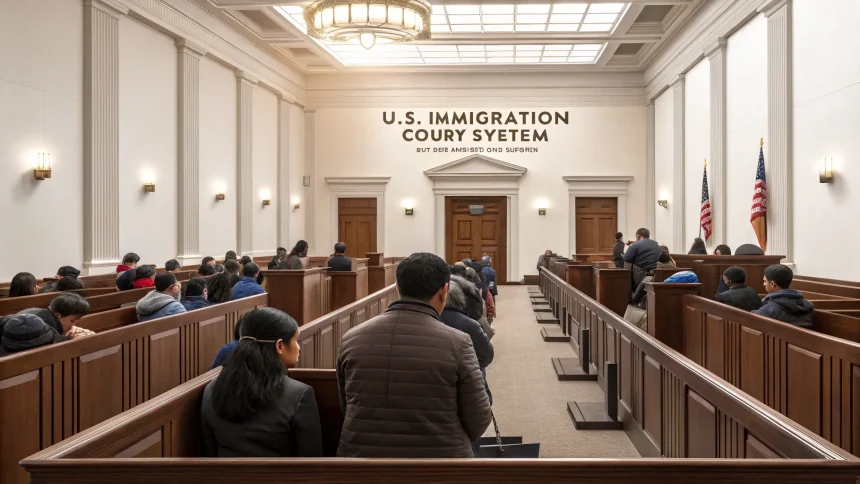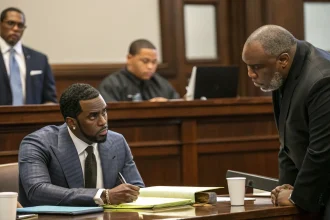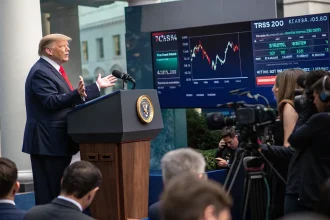The dismissal of immigration judges during the Trump administration is creating significant strain on the U.S. immigration court system, according to International Federation of Professional and Technical Engineers (IFPTE) union president Matt Biggs.
Biggs highlighted how the removal of these judges has led to case backlogs and operational challenges throughout the immigration adjudication process. The firings, which occurred during former President Donald Trump’s term, continue to have lasting effects on the court system’s ability to process immigration cases efficiently.
Growing Court Backlogs
The reduction in judicial personnel has directly contributed to mounting case backlogs within immigration courts nationwide. With fewer judges available to hear cases, immigrants awaiting their day in court face longer waiting periods, sometimes extending into years rather than months.
“The immigration court system was already facing significant case backlogs before these firings,” Biggs noted. “Removing experienced judges from their positions has only made the situation worse, creating a bottleneck effect throughout the entire system.”
Current data shows immigration courts struggling to keep pace with new cases while still addressing the existing backlog. Some courts report scheduling initial hearings years into the future due to limited judicial resources.
Impact on Judicial Independence
Beyond the practical challenges of case management, Biggs expressed concern about the firings’ effect on judicial independence within the immigration court system. The dismissal of judges has created an atmosphere of uncertainty among remaining immigration judges.
“When judges fear their positions might be terminated based on their rulings, it undermines the fundamental principle of an independent judiciary,” Biggs stated. “Immigration judges should make decisions based on law and facts, not potential employment consequences.”
The IFPTE, which represents professionals across various government sectors, has advocated for structural changes to protect immigration judges from political interference. Their proposals include:
- Establishing immigration courts as independent judicial bodies
- Creating clearer protections against politically motivated dismissals
- Increasing resources to address case backlogs
Calls for System Reform
Biggs and the IFPTE are pushing for comprehensive reform of the immigration court system in light of these challenges. They argue that the current structure, with immigration courts operating under the Department of Justice rather than as an independent judiciary, makes the system vulnerable to political pressure.
“We need structural changes that protect the independence of immigration judges and ensure they can focus on applying immigration law fairly without fear of retaliation,” Biggs explained.
Legal experts have echoed these concerns, noting that the immigration court system faces unique challenges compared to other federal courts. Unlike federal district or circuit judges, immigration judges serve as Department of Justice employees, making them more vulnerable to executive branch influence.
The Biden administration has begun efforts to address some of these issues by hiring additional immigration judges, but the IFPTE argues more fundamental changes are needed to prevent similar situations in the future.
As the immigration court system continues to work through its case backlog, the long-term effects of the Trump-era judge firings remain evident. Without significant structural reforms and additional resources, the challenges identified by Biggs and the IFPTE will likely persist, affecting both the efficiency and perceived fairness of the immigration court system for years to come.









